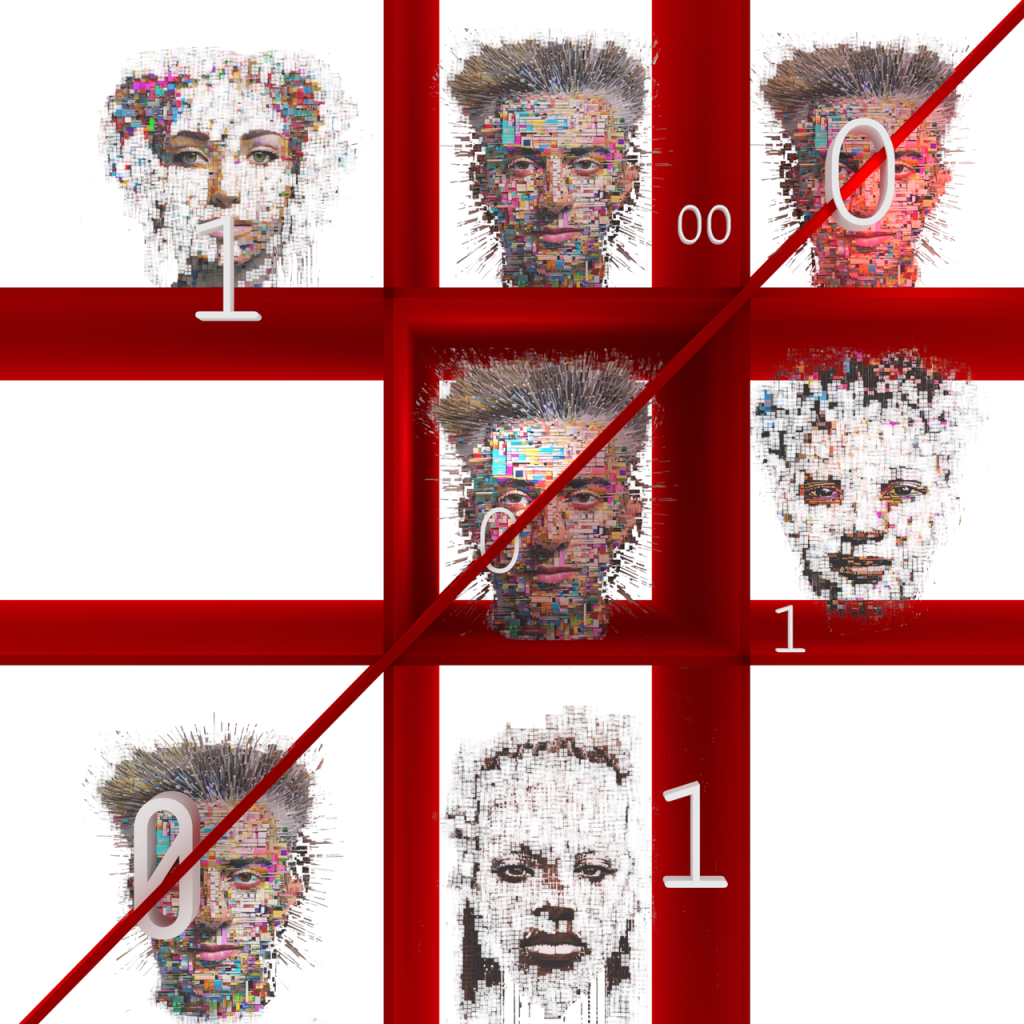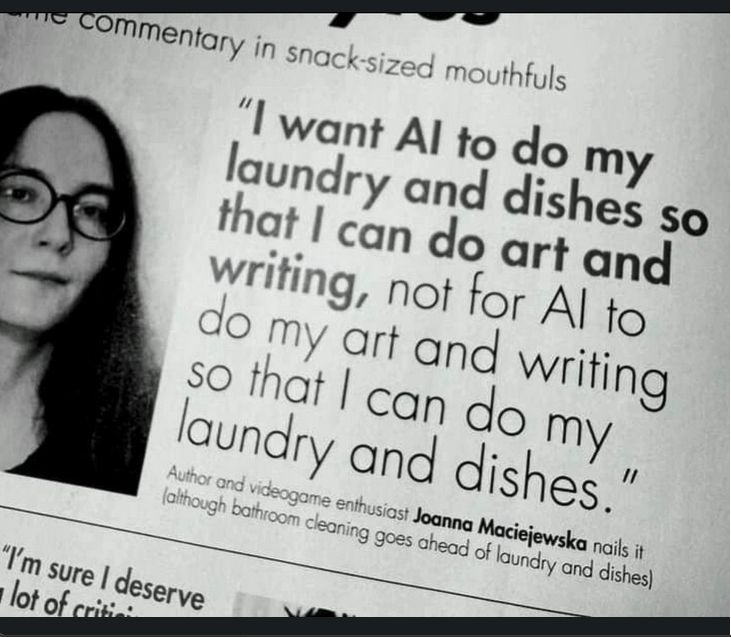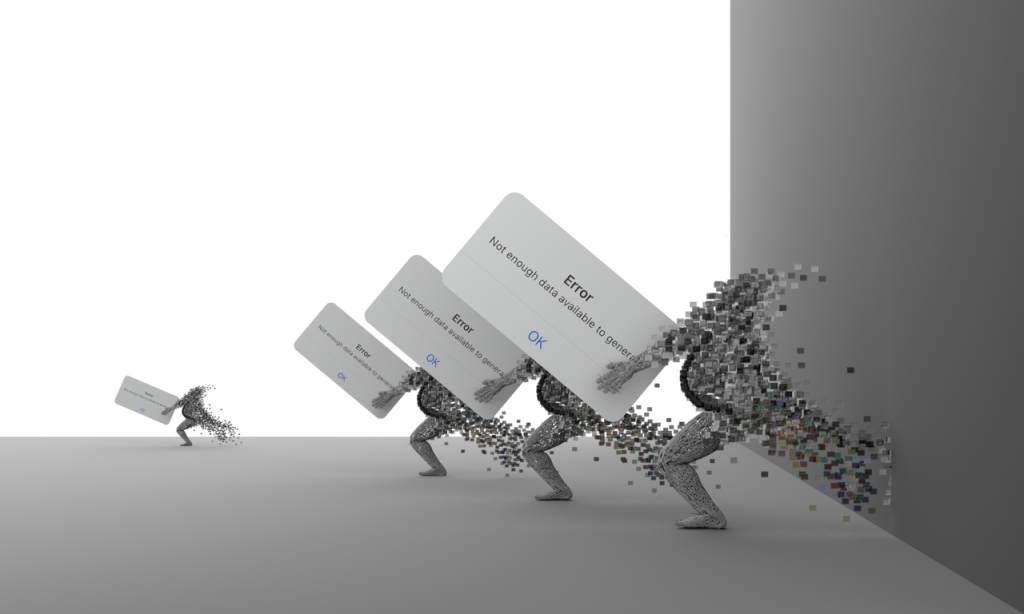Is Generative AI just a hype?

A new study into the use of generative AI has been published by the Reuters Institute and Oxford University. The study, "What does the public in six countries think of generative AI in news?", looks at if and how people use generative artificial intelligence (AI), and what they think about its application in journalism and other areas of work and life across six countries/
Researchers surveyed 12,000 people in six countries. The data were collected by YouGov using an online questionnaire fielded between 28 March and 30 April 2024 in Argentina, Denmark, France, Japan, the UK, and the USA.
The survey fund that ChatGPT is by far the most widely used generative AI tool in the six countries surveyed. Use of ChatGPT is roughly two or three times more widespread than the next products, Google Gemini and Microsoft Copilot. But even when it comes to ChatGPT, frequent use is rare, with just 1% using it on a daily basis in Japan, rising to 2% in France and the UK, and 7% in the USA. Many of those who say they have used generative AI have only used it once or twice, and it is yet to become part of people’s routine internet use. However, they found young people are bucking the trend, with 18 to 24-year-olds the most eager adopters of the tech.
The research indicates that, for all the money and attention lavished on generative AI, it is yet to become part of people’s routine internet use.
"Large parts of the public are not particularly interested in generative AI, and 30% of people in the UK say they have not heard of any of the most prominent products, including ChatGPT," the report's lead author told the BBC.
Dr Fletcher said people’s hopes and fears for generative AI vary a lot depending on the sector.
People are generally optimistic about the use of generative AI in science and healthcare, but more wary about it being used in news and journalism, and worried about the effect it might have on job security.




